These 21 Unusual Food Ingredients Are Surprisingly Common in Other Cultures
Open your kitchen cabinet, and you’ll find ingredients that seem completely normal to you – but might raise eyebrows elsewhere in the world. The same goes for countless ingredients that are everyday staples in other cultures but might seem unusual to you.
What’s strange to one person is often a beloved comfort food to another, and these cultural differences make our global food landscape infinitely more interesting. Let’s explore twenty ingredients that challenge our perception of what’s “normal” in the kitchen.
Beondegi (Silkworm Pupae)
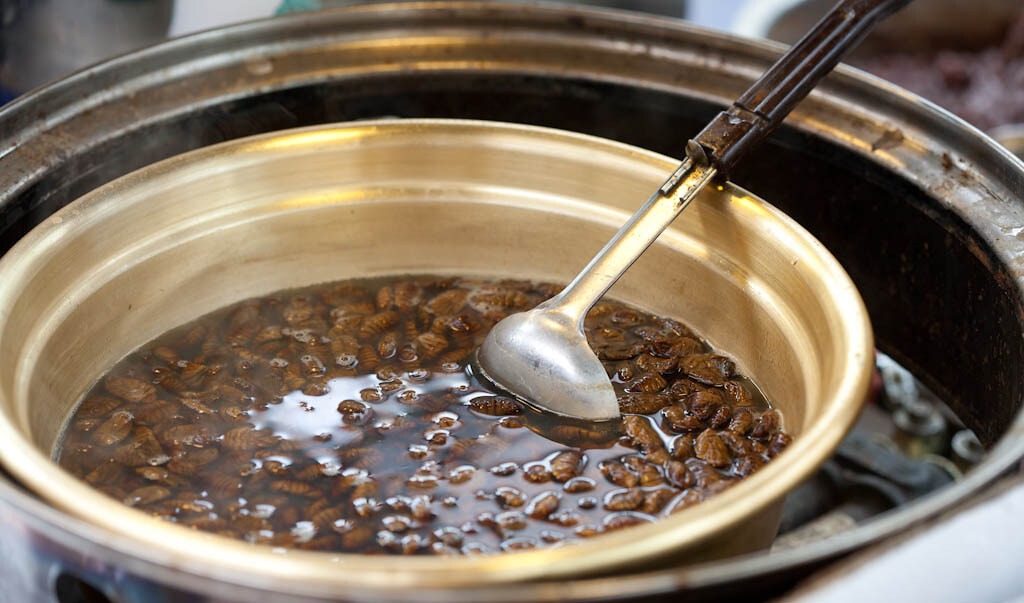
Walk through any South Korean street market, and you’ll likely catch the distinct aroma of beondegi simmering in street-side pots. These steamed or boiled silkworm pupae are as common as hot dogs are in American cities.
Packed with protein and boasting a nutty, almost woody flavor, they’re often enjoyed as a quick snack with a cold beer. What might seem unusual to Western palates is a sustainable protein source enjoyed by millions.
Bird’s Nest
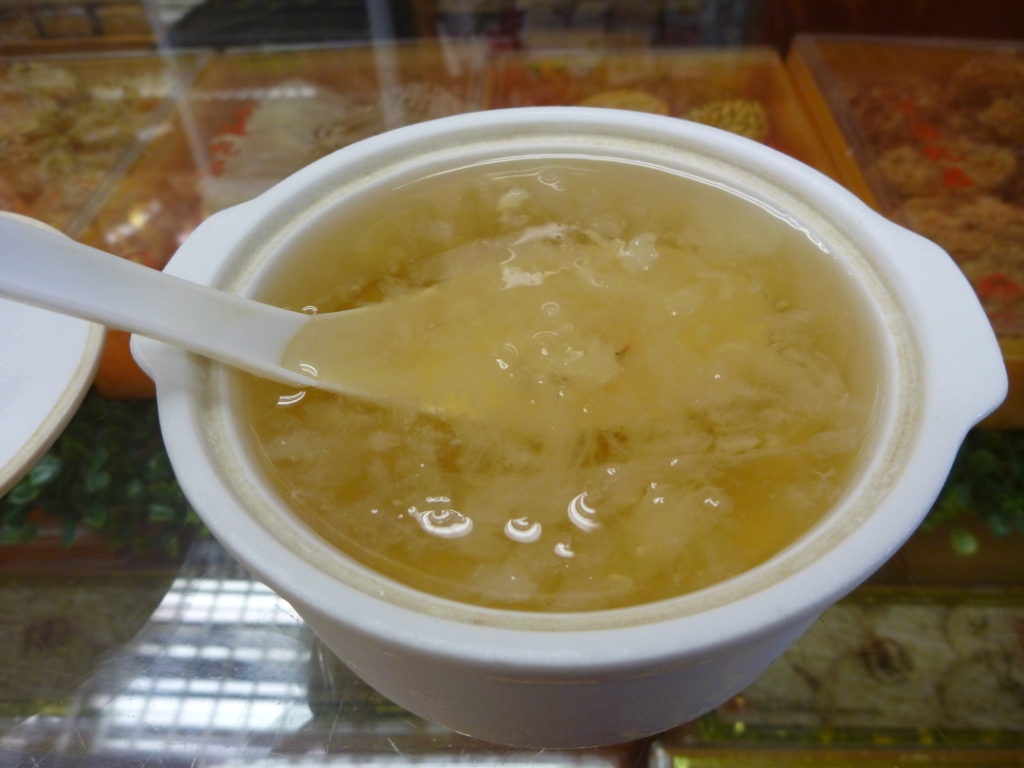
In Chinese cuisine, bird’s nest soup isn’t just a poetic name – it’s made from actual swiftlet nests. These nests, made from the bird’s solidified saliva, dissolve into a gelatinous texture when cooked.
While the price tag might shock outsiders, it’s a prized ingredient in special occasion soups and desserts, valued for its subtle flavor and supposed health benefits.
Like Go2Tutors’s content? Follow us on MSN.
Vegemite

Australians grow up spreading this dark, yeast-based paste on their morning toast as naturally as Americans reach for peanut butter. This salty, umami-rich spread, made from leftover brewer’s yeast, is packed with B vitamins.
While visitors might find its intense flavor overwhelming, it’s an essential part of Australian breakfast culture.
Nattō
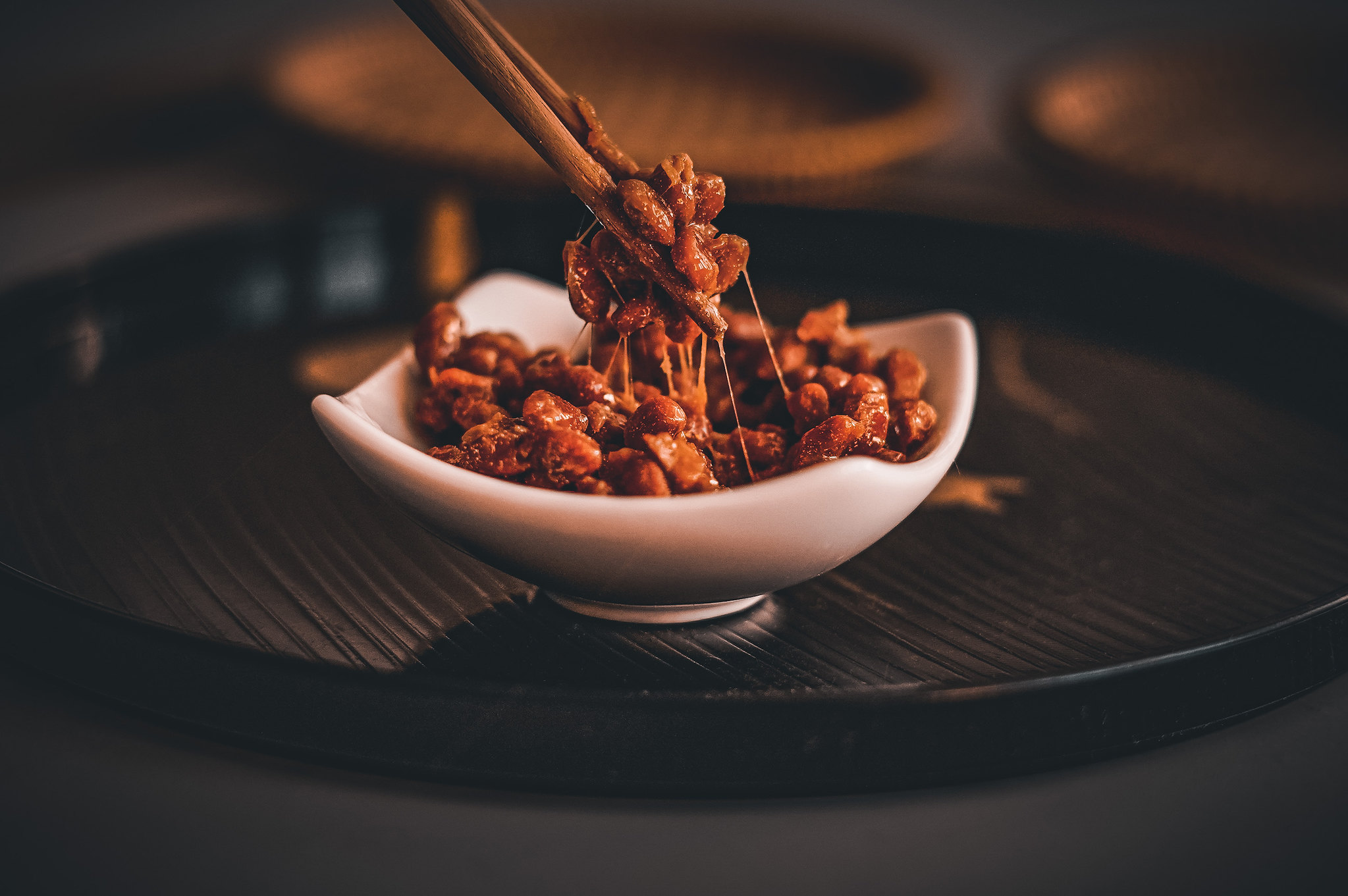
These fermented soybeans are a traditional Japanese breakfast food that’s famous for their sticky, stringy texture and pungent smell. While some visitors to Japan might find nattō challenging, many Japanese people crave its unique flavor and consider it a nutritional powerhouse.
It’s often enjoyed over rice with chives and soy sauce.
Durian
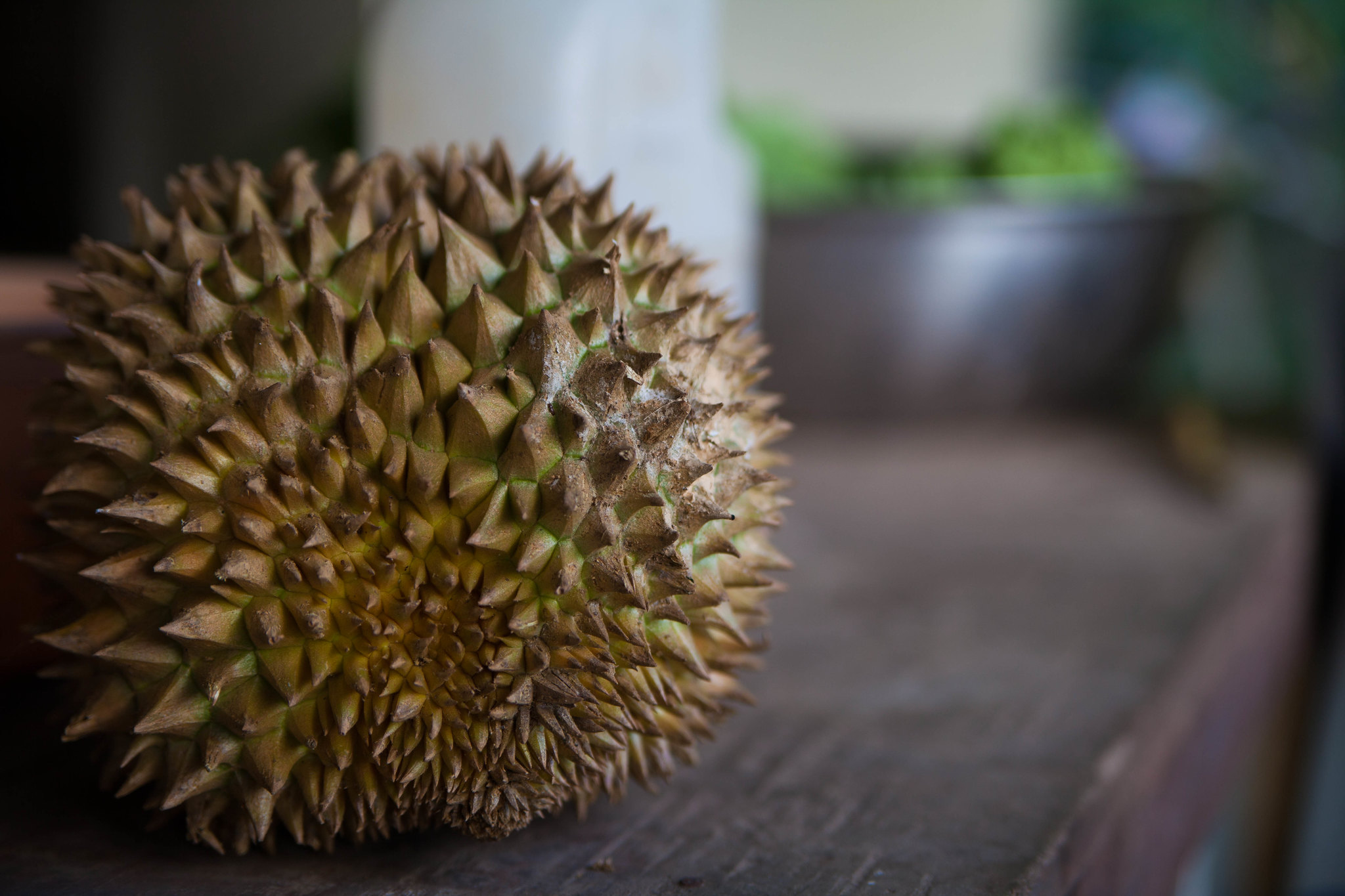
Southeast Asia’s “King of Fruits” is so aromatic that it’s banned in many hotels and public transportation. Yet, in countries like Thailand, Malaysia, and Indonesia, it’s a precious delicacy that commands premium prices.
Its custard-like flesh offers complex flavors ranging from caramel to almonds, with notes that devotees spend years learning to appreciate.
Like Go2Tutors’s content? Follow us on MSN.
Hákarl
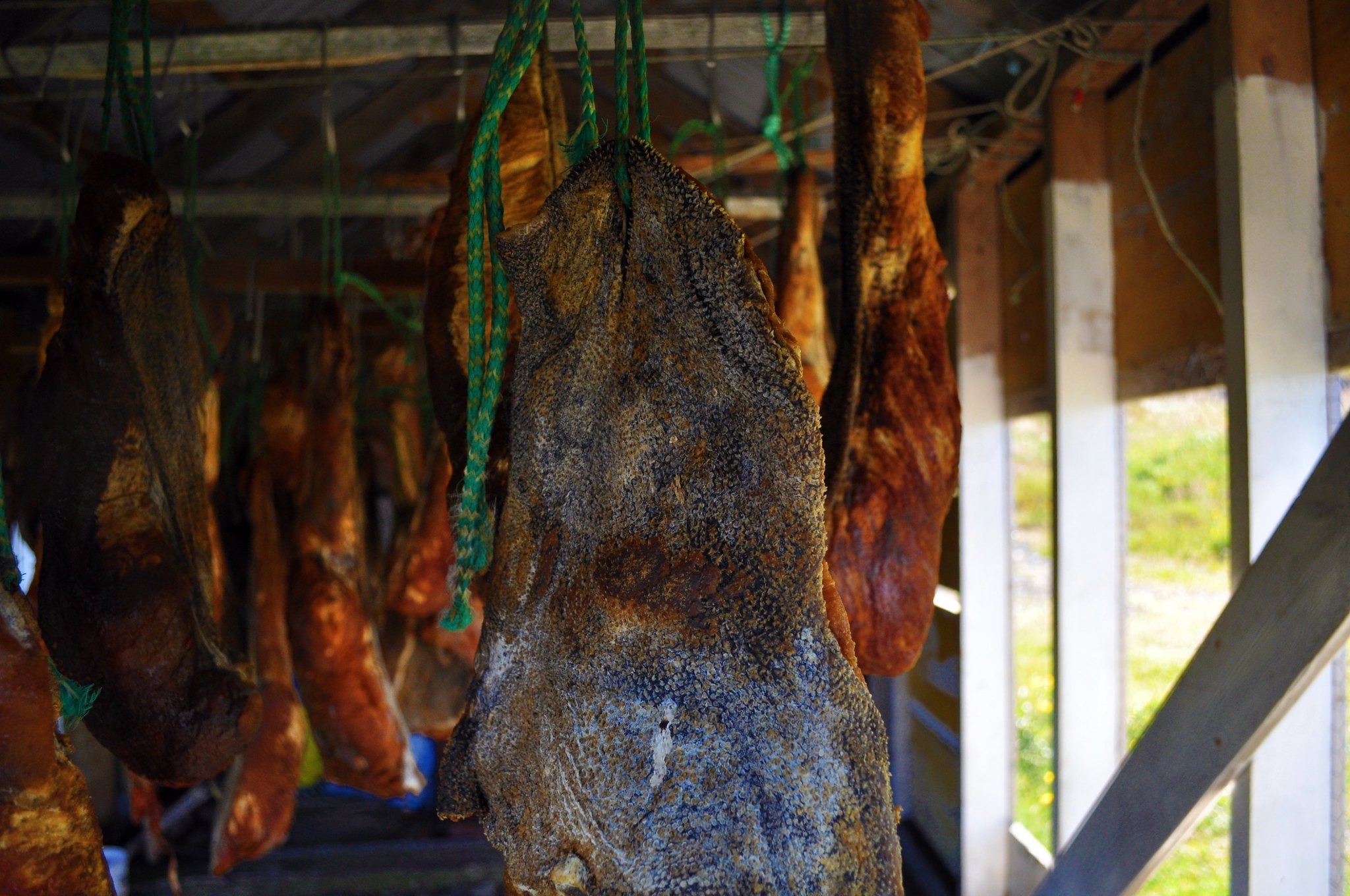
This fermented Icelandic shark might be notorious among tourists, but it’s an important part of Iceland’s culinary heritage. The preparation process involves burying shark meat for several weeks, allowing it to ferment and become edible.
While its ammonia-like smell is legendary, many Icelanders consider it a delicacy.
Century Eggs
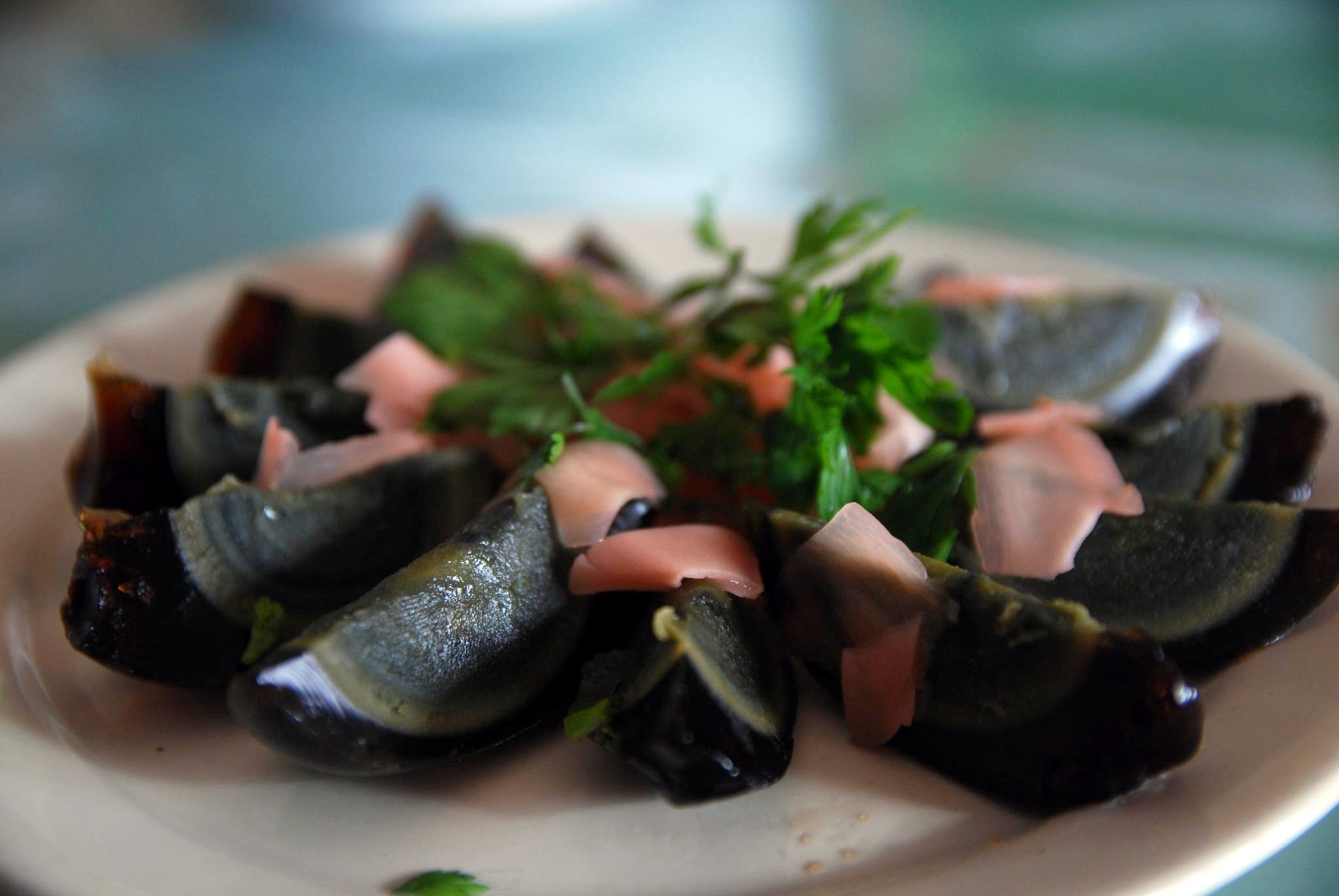
Despite their intimidating appearance – the egg whites turn dark and translucent, while the yolk becomes creamy and green-gray – these preserved eggs are a cherished ingredient in Chinese cuisine. Their complex, cheese-like flavor adds depth to congee and other dishes.
The preservation process creates unique flavors that many consider a delicacy.
Ackee
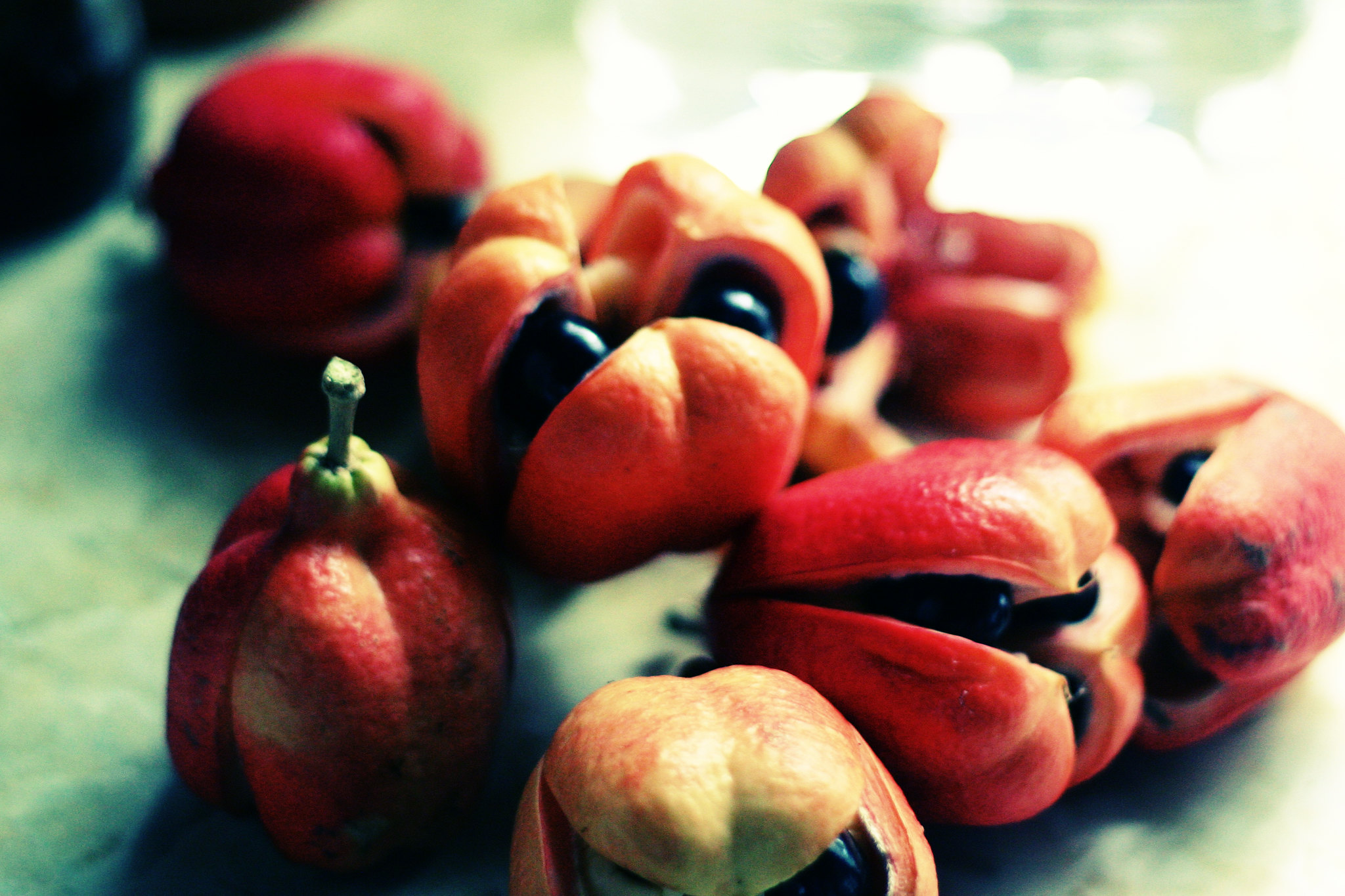
Jamaica’s national fruit looks nothing like what most people expect from fruit. When ripe, it splits open to reveal yellow arils that, when cooked, have a texture surprisingly similar to scrambled eggs.
While parts of the fruit are toxic if eaten unripe, properly prepared ackee is a beloved breakfast staple, often paired with saltfish.
Like Go2Tutors’s content? Follow us on MSN.
Camel’s Milk
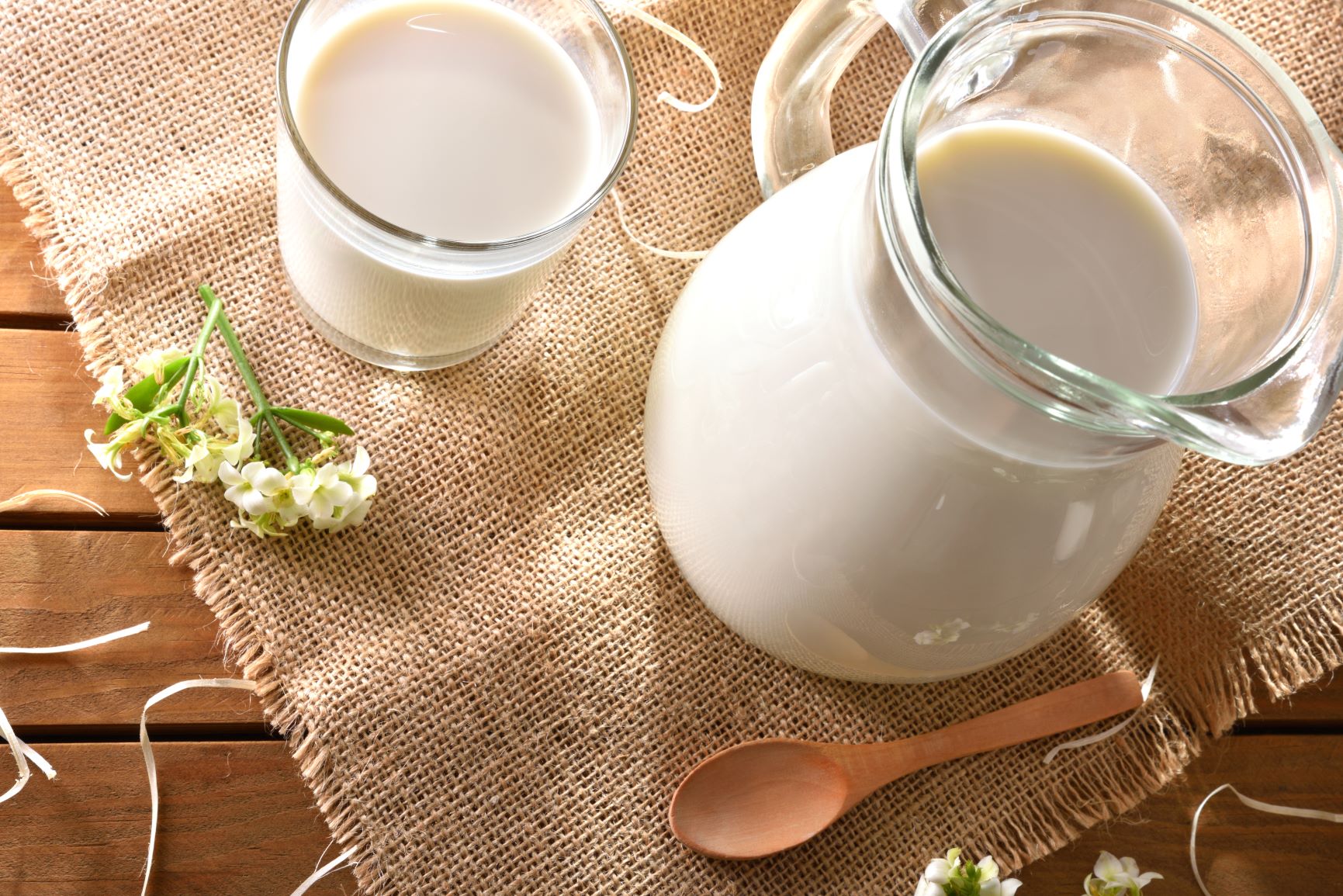
Throughout parts of Africa and the Middle East, camel’s milk is as common as cow’s milk in Western countries. It has a slightly salty taste and is prized for its nutritional benefits.
The milk is used in everything from daily drinking to making traditional medicines and beauty products.
Bamboo Worms
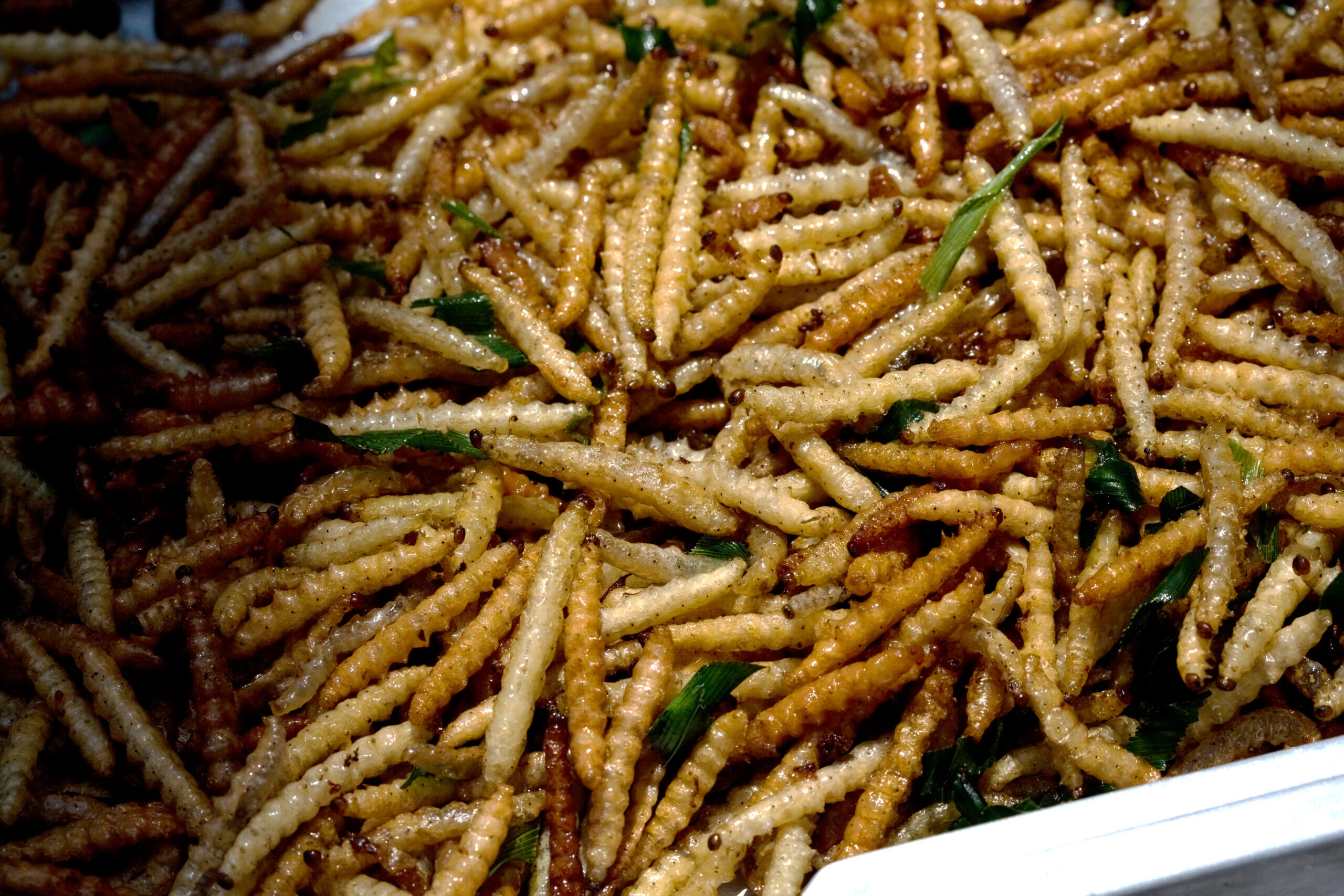
In Thailand, these crispy fried insects are as common as potato chips. Rich in protein and with a light, crispy texture, they are often seasoned with simple salt and pepper.
Street vendors sell them by the bag, and they’re particularly popular as a beer snack.
Kvass
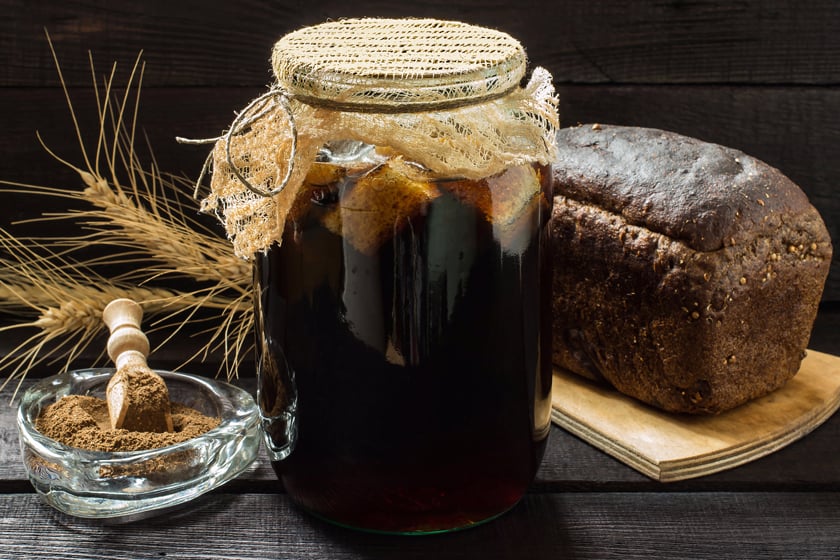
This fermented beverage made from rye bread is a common soft drink in Russia and many Eastern European countries. While the idea of “bread soda” might sound strange to outsiders, it is refreshingly tangy and less sweet than most commercial sodas.
Street vendors sell it from large barrels during the summer months.
Like Go2Tutors’s content? Follow us on MSN.
Marmite

Similar to Vegemite but with its distinct character, this British spread made from yeast extract divides opinions so dramatically that its marketing slogan is “Love it or hate it.” It’s a common breakfast item and cooking ingredient in British households.
It’s used to add depth to stews and gravies.
Balut
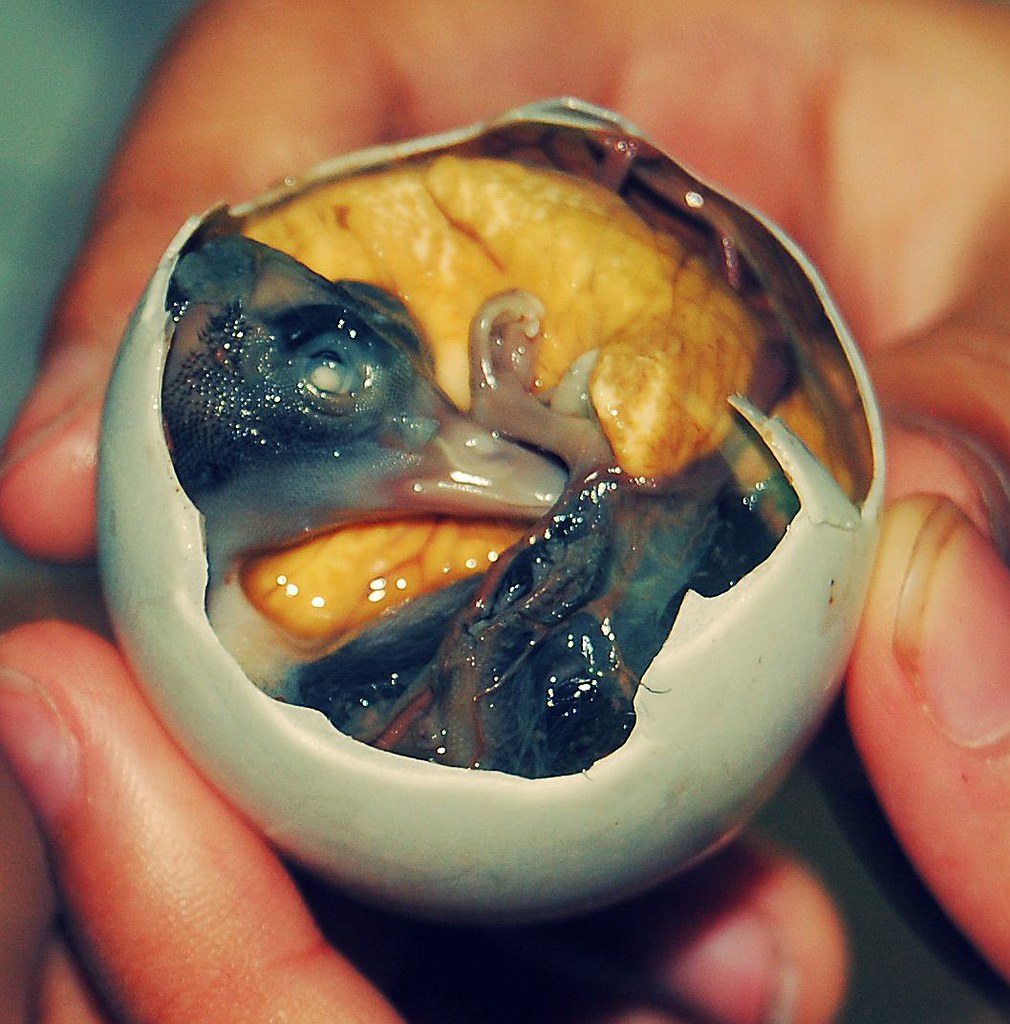
This fertilized duck egg is a common street food in the Philippines and Vietnam. While the developing embryo inside might seem shocking to outsiders, it’s considered both a delicacy and an everyday snack.
Vendors call out “Balut!” in the evening hours as people pick them up for dinner.
Shiso Leaves
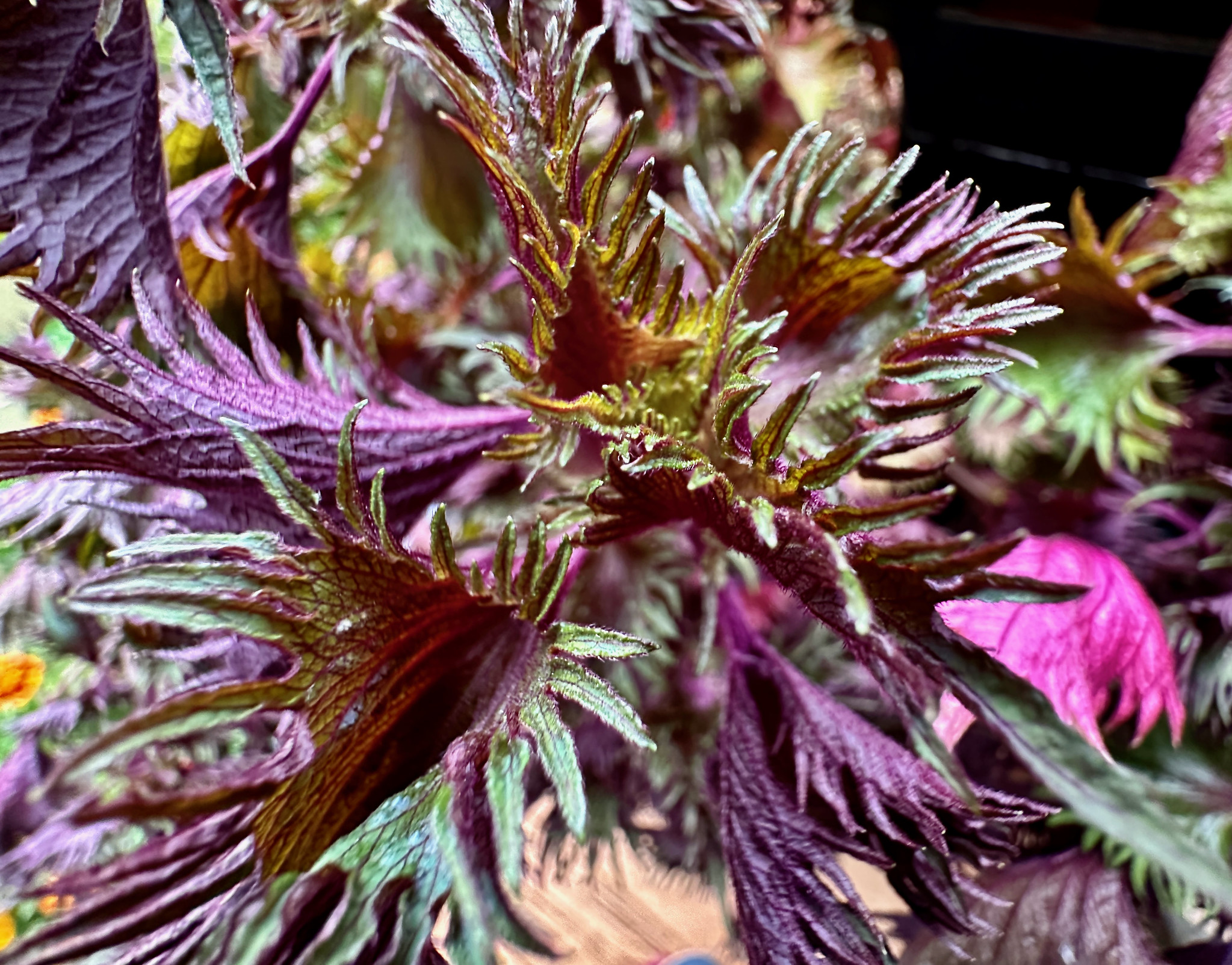
These Japanese herbs from the mint family have a unique flavor combining mint, basil, and citrus. While they might seem exotic elsewhere, they’re as common as basil in Japanese cuisine, used in everything from garnishes to pickles.
Their distinctive purple variety is used to color umeboshi plums.
Like Go2Tutors’s content? Follow us on MSN.
Palm Grubs
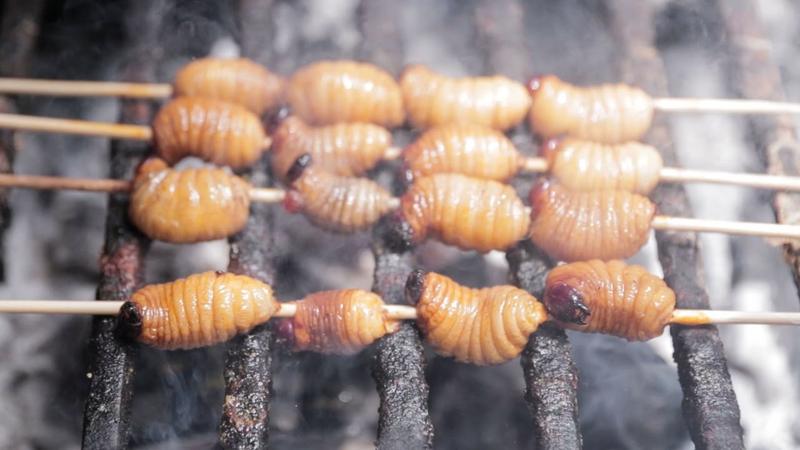
In many parts of the Amazon, these protein-rich larvae are harvested from palm trees and either roasted or eaten raw. They’re considered a delicacy and are particularly prized for their rich, fatty flavor that some compare to bacon.
They’re often served at special occasions and gatherings.
Epazote
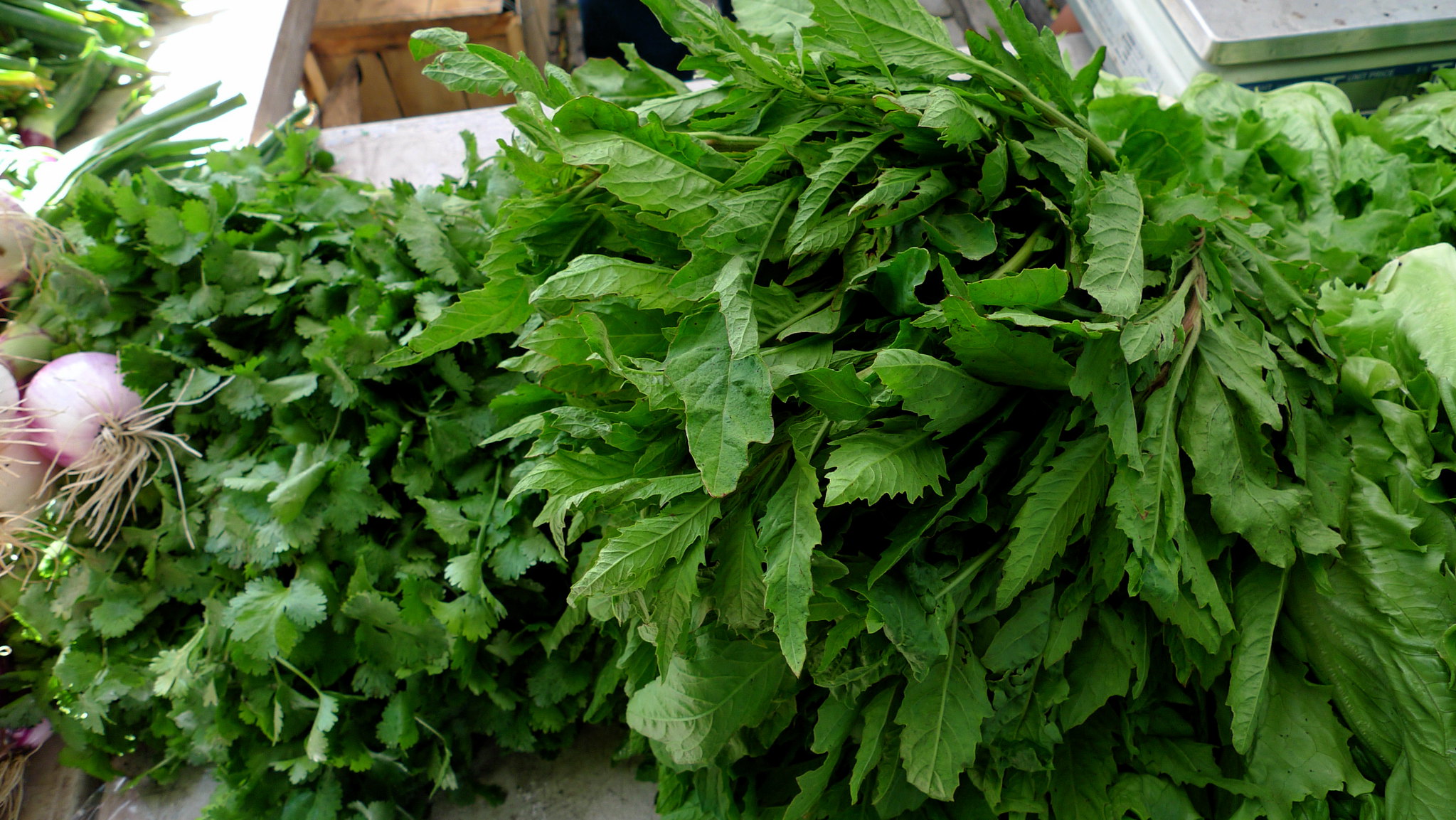
This herb is essential in Mexican cooking, particularly for bean dishes, but is relatively unknown outside Latin America. It has a strong, pungent flavor that’s difficult to substitute and is believed to reduce the gas-producing effects of beans.
Mexican cooks use it as commonly as Europeans use bay leaves.
Chicken Feet
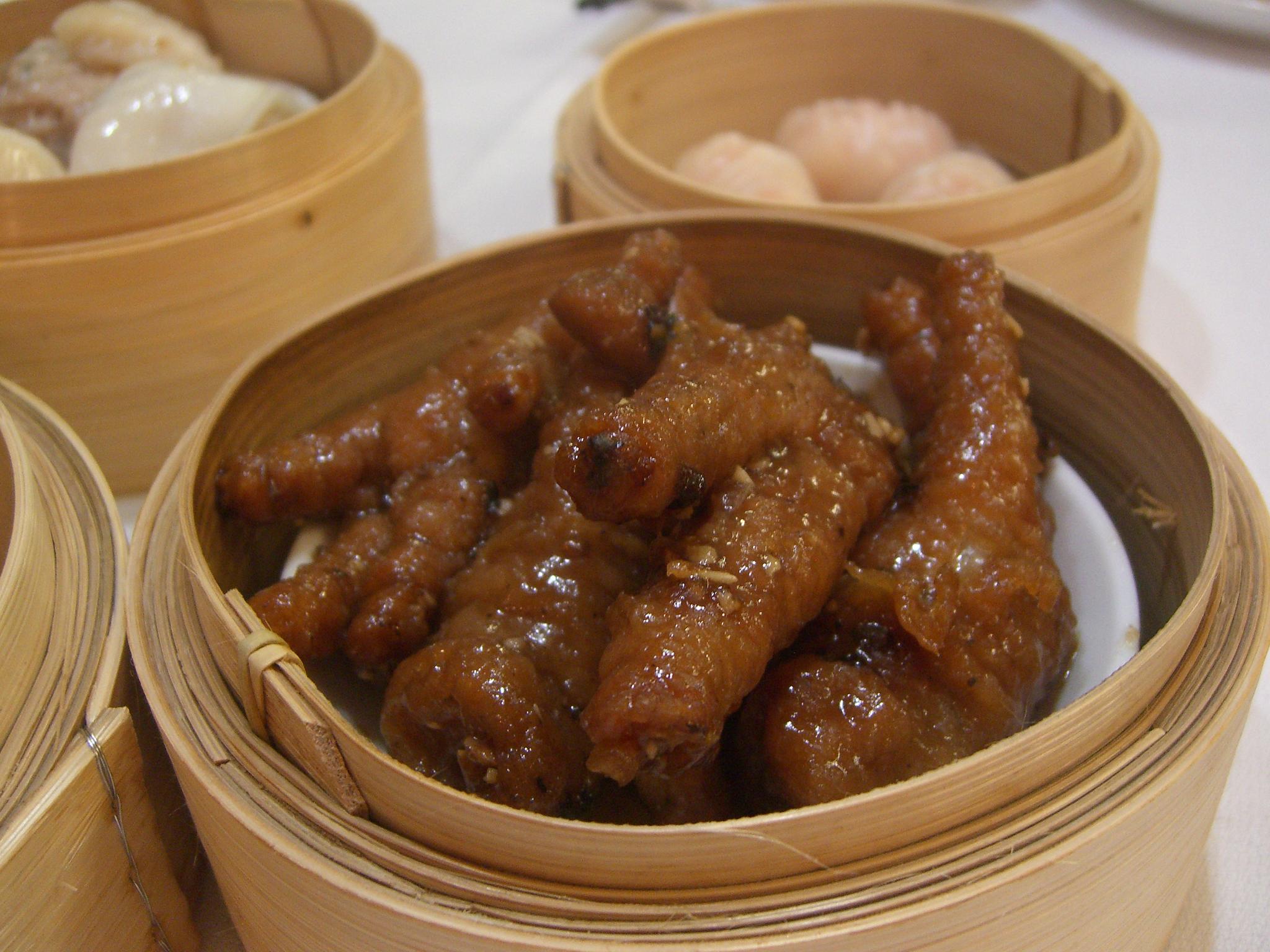
While they might be discarded in many Western countries, chicken feet are prized ingredients in Chinese cuisine, particularly in dim sum. They are valued for their rich collagen content and gelatinous texture.
The preparation involves removing the outer skin and braising them in savory sauces.
Like Go2Tutors’s content? Follow us on MSN.
Cod Liver Oil

In Nordic countries, taking a spoonful of cod liver oil is a daily routine, particularly during the dark winter months. While the strong fishy taste might seem challenging, it’s considered an important source of vitamins D and A.
Many Nordic adults have childhood memories of their daily dose.
Kopi Luwak
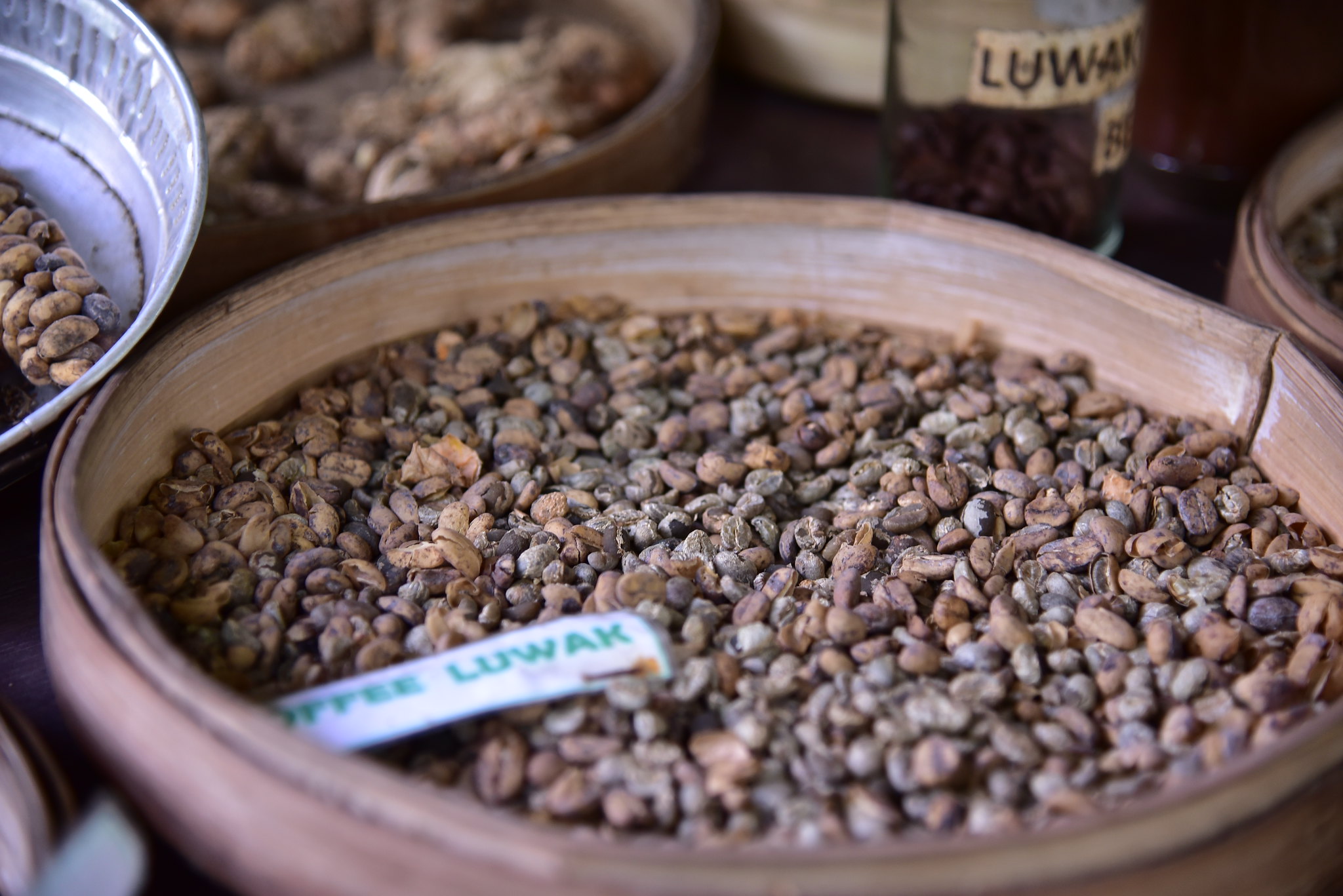
These coffee beans, first digested by Asian palm civets, are among the world’s most expensive coffees. While the production method might seem unusual, the beans are prized for their unique flavor profile.
In parts of Indonesia, collecting these beans is a traditional part of coffee production.
Hormigas Culonas
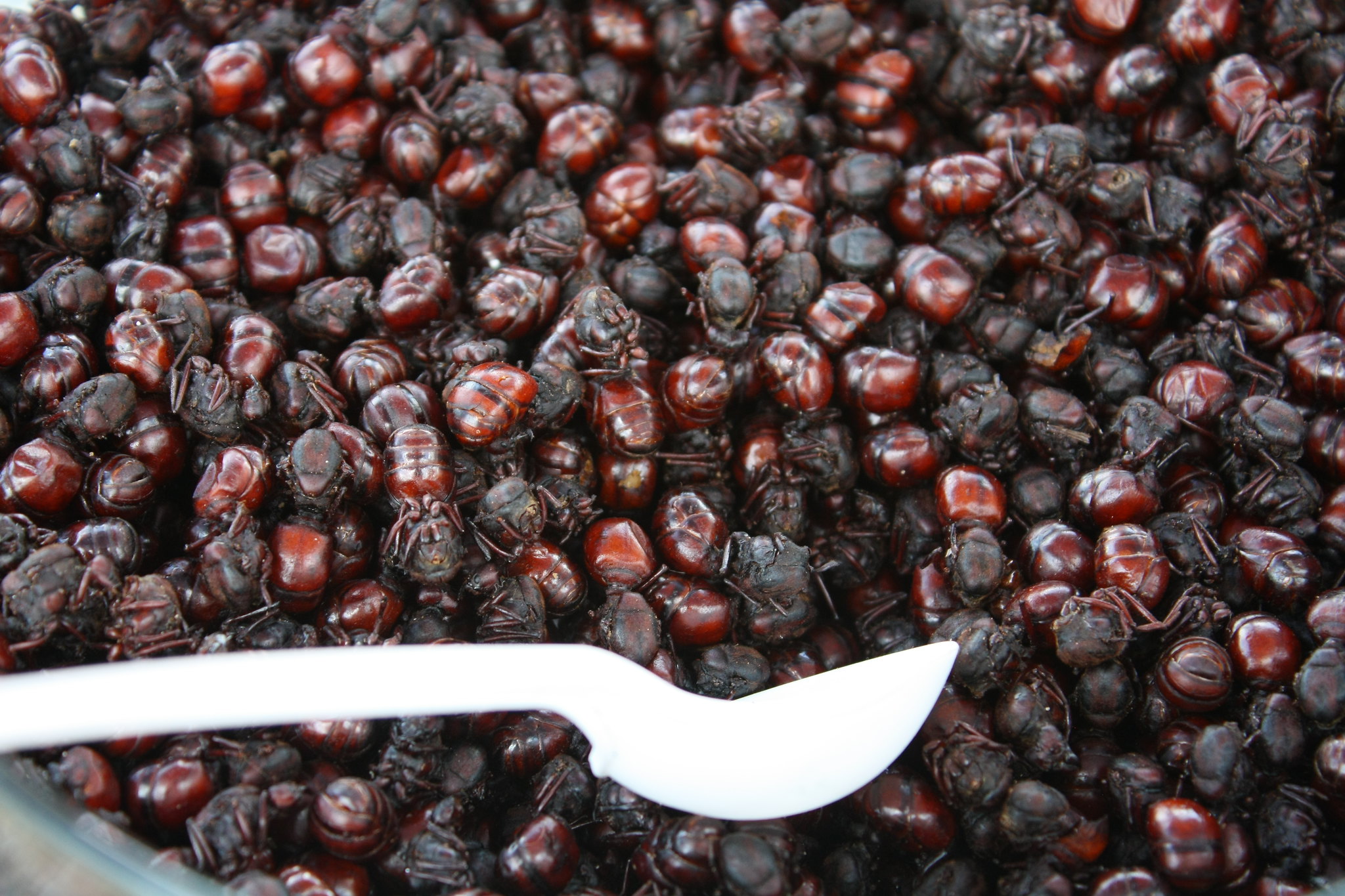
These large-bottomed ants are a delicacy in parts of Colombia, particularly in the Santander region. They’re harvested during specific seasons, toasted with salt, and eaten like peanuts.
Their crunchy texture and slightly nutty flavor make them a popular snack during their brief seasonal availability.
Pidan (Songhua Dan)
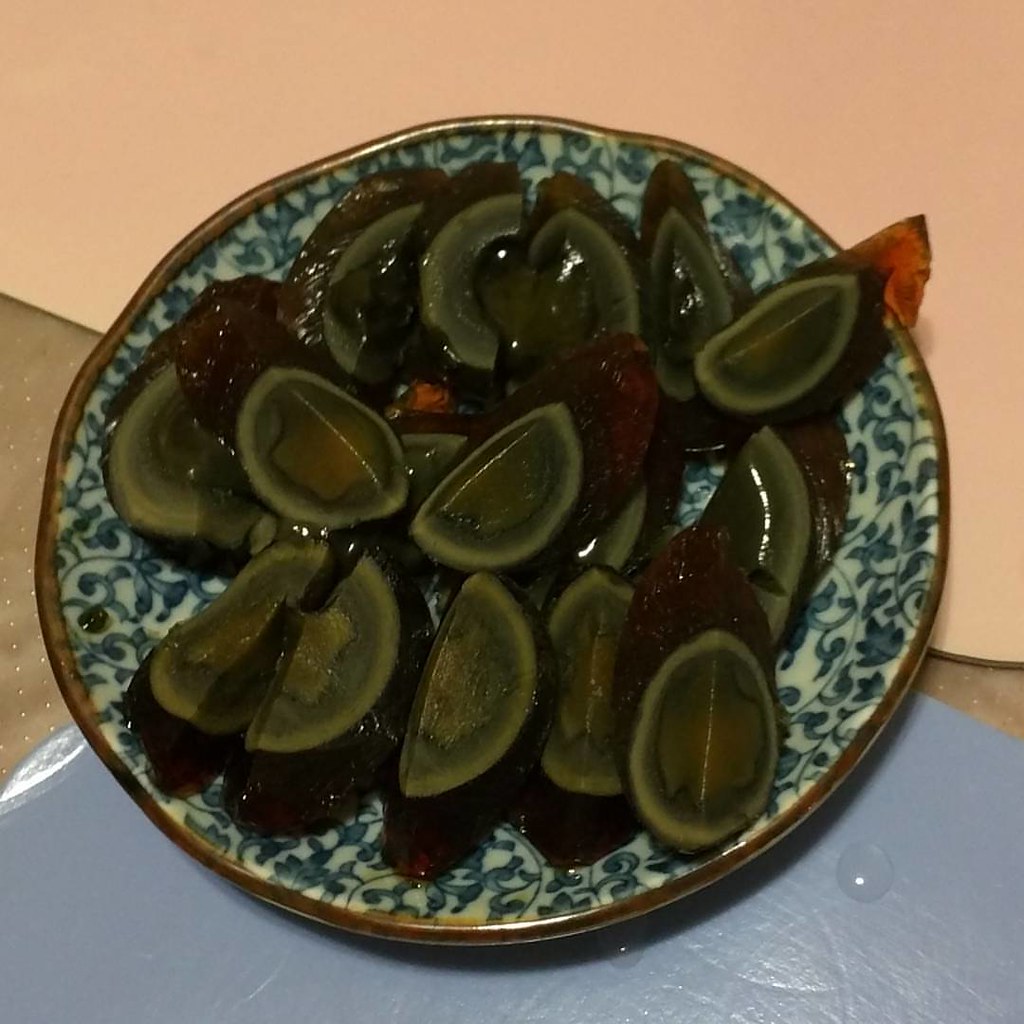
These Chinese preserved eggs, also known as “pine-patterned eggs,” transform ordinary duck eggs into striking black-marbled delicacies through a months-long preservation process. While their dark, translucent appearance and piney pattern might startle newcomers, they’re a common breakfast item and congee topping across China.
Their creamy, cheese-like flavor has earned them a special place in Cantonese cuisine, where they’re as common as hard-boiled eggs are in Western salads. Even convenience stores stock these distinctive eggs alongside their regular counterparts.
Embracing Culinary Diversity
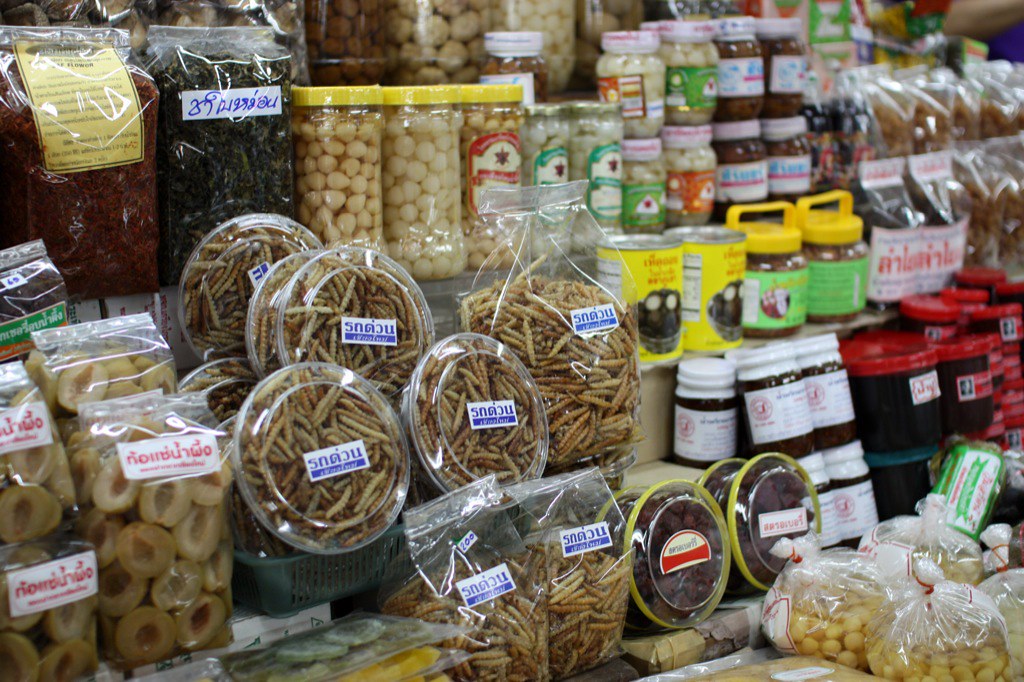
These ingredients remind us that what’s unusual or exotic in one culture is often an everyday essential in another. They challenge our preconceptions about food and invite us to expand our culinary horizons.
Each ingredient carries not just flavors but stories, traditions, and cultural wisdom passed down through generations. In exploring these foods, we are not just discovering new tastes – we are gaining insight into the rich diversity of human experience and the many ways people around the world have learned to utilize their local resources.
More from Go2Tutors!

- Famous Battles: How Much Do You Really Know About U.S. History?
- Top 5 Most Important Skills, According To Harvard Business School
- How Well Do You Know 90s Pop Culture? Take the Quiz
- Master the Art of Public Speaking with These Expert Tips
- Think You Know Capitals? Put Your Knowledge to the Test
Like Go2Tutors’s content? Follow us on MSN.



